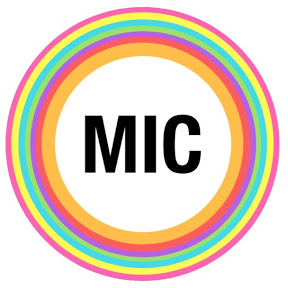What is actually happening to our planet? Nature supposedly was healing itself during the Covid lockdown.“Before-and-after photos show dramatic decline in air pollution around the world during coronavirus lockdown,”observed CBS News writer Sophie Lewis. A New York Post article by Ben Cost stated, “Rare pink dolphins are back thanks to COVID-19 lockdown.”
There were many positive impacts but there were also negative impacts. The National Center for Biotechnology Information (NCBI) has done worldwide studies and consensus on what has transpired to our environment during Covid. It’s complicated.
Let’s start with the positive, air quality in cities around the world improved, the drop in greenhouse gases reduced New York air pollution by nearly 50% says the NCBI article “Environmental effects of COVID-19 pandemic and potential strategies of sustainability” written by Tanjena Rume and S. M. Didar-Ul Islam. The main key to figuring out what will happen to our environment is looking at the economy and travel.

Photo Credit: The New York Times
With economic activity slowing down due to Covid-19, emissions of NO2 have also been on the decline. Transportation such as vehicles and aviation drive up oil demand but during the pandemic these plunged.
NCBI writes, “Usually, NO2 is emitted from the burning of fossil fuels, 80% of which comes from motor vehicle exhaust. It is reported that NO2 causes acid rain with the interaction of O2 and H2O, and several respiratory diseases suffered by humans.” Less consumption of fossil fuels lowers the GreenHouse Gases (GHGs) emission, helping to slow global climate change.
In addition, water pollution, noise pollution and tourist spots got better over time. In countries like India and Bangladesh where waste is dumped into rivers without treatment, during lockdown major industrial sources of pollution temporarily stopped. At the river Ganga and Yamuna it was discovered that from 36 monitoring stations water from 27 stations met the permissible limit.
Photo Credit: Economic Times
As for the reduction of noise pollution with the halt of construction work and travel, people are hearing bird calls more than ever and wildlife can safely function their predator and prey detection and avoidance.
Again, with the modern advancements of transportation, travel, and tourism have skyrocketed, NCBI estimates that the tourism industry is responsible for 8% of global GHGs emission. Travel alone isn’t the only factor, to keep up with tourists facilities like hotels, motels, restaurants etc are built and they consume lots of energy and other natural resources. NCBI writes, “local administration imposed a ban on public gathering and tourist arrivals at Cox’s Bazar sea beach, known as the longest unbroken natural sand sea beach in the world. As a result of restriction, the color of sea water is changed, which usually remain turbid because of swimming, bathing, playing and riding motorized boats.”
However, with the breakout of Covid-19, biomedical waste increased significantly. Dominic Gawel stated in the article titled “Estimated 1.56 Billion Masks Entered Oceans in 2020” that “52 billion masks were manufactured in 2020 and 1.56 billion masks were littered in our oceans. Many disposable masks are made with polypropylene, a thermoplastic polymer. The plastics in masks break down into microplastics which will stay in our oceans for hundreds of years, harm wildlife, and will be distributed throughout the world. On top of the immense amount of plastics and microplastics already in our oceans, masks will add between 4,680 to 6,240 metric tonnes of plastic pollution.”
In Wuhan,China where the virus started, Tanveer M. Adyel writes in their article “Accumulation of plastic waste during COVID-19” for sciencemag.org that, “Hospitals in Wuhan, the center of the COVID-19 outbreak, produced more than 240 tons of single-use plastic-based medical waste (such as disposable face masks, gloves, and gowns) per day at the peak of the pandemic, 6 times more than the daily average before the pandemic occurred. If the increases observed in Wuhan hold true elsewhere, the United States could generate an entire year’s worth of medical waste in 2 months.” On top of the increase of single use plastics, some USA cities restricted recycling programs by nearly 46%, in fear of spreading Cvoid-19 through recycling facilities, says NCBI.
There are ways that we can change the course we have set for ourselves. Through different strategies like sustainable industrialization, green private and public transport, renewable energy, wastewater treatment, ecotourism, and international cooperation we can shift the path our planet is headed.




